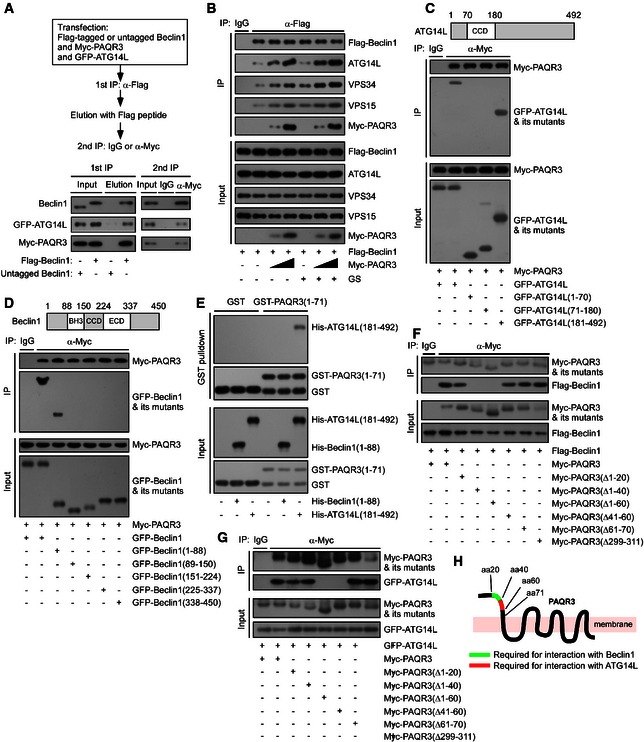Figure 4. PAQR3 is a scaffold of the ATG14L–Beclin1–VPS34 complex.

-
AA two‐step co‐IP assay in HEK293T cells to determine the ternary complex containing PAQR3, Beclin1, and ATG14L. The procedures of the two‐step co‐IP are outlined in the top. The samples were subjected to immunoprecipitation (IP) and immunoblotting (IB) with the antibodies as indicated.
-
BHeLa cells were transiently transfected with the plasmids as indicated. At 24 h after transfection, the cells were treated with or without glucose starvation (GS) for 4 h. The cell lysates were used in IP and IB.
-
C, DDifferent truncations of ATG14L (C) or Beclin1 (D) were co‐transfected with Myc‐tagged PAQR3 into HEK293T cells as indicated, followed by IP and IB.
-
EPurified GST or GST‐fused PAQR3 (1–71) (GST‐fused NH 2‐terminal 71aa of PAQR3) on glutathione agarose beads was mixed with purified His‐tagged proteins as indicated. After incubation at 4°C for 3 h, the samples were washed extensively and subjected to IB.
-
F, GDifferent PAQR3 deletion constructs were co‐transfected with Flag‐tagged Beclin1 (F) or GFP‐fused ATG14L (G) into HEK293T cells. The cells were then subjected to IP and IB.
-
HA schematic diagram depicts critical domains of PAQR3 involved in the interaction with ATG14L and Beclin1, respectively.
